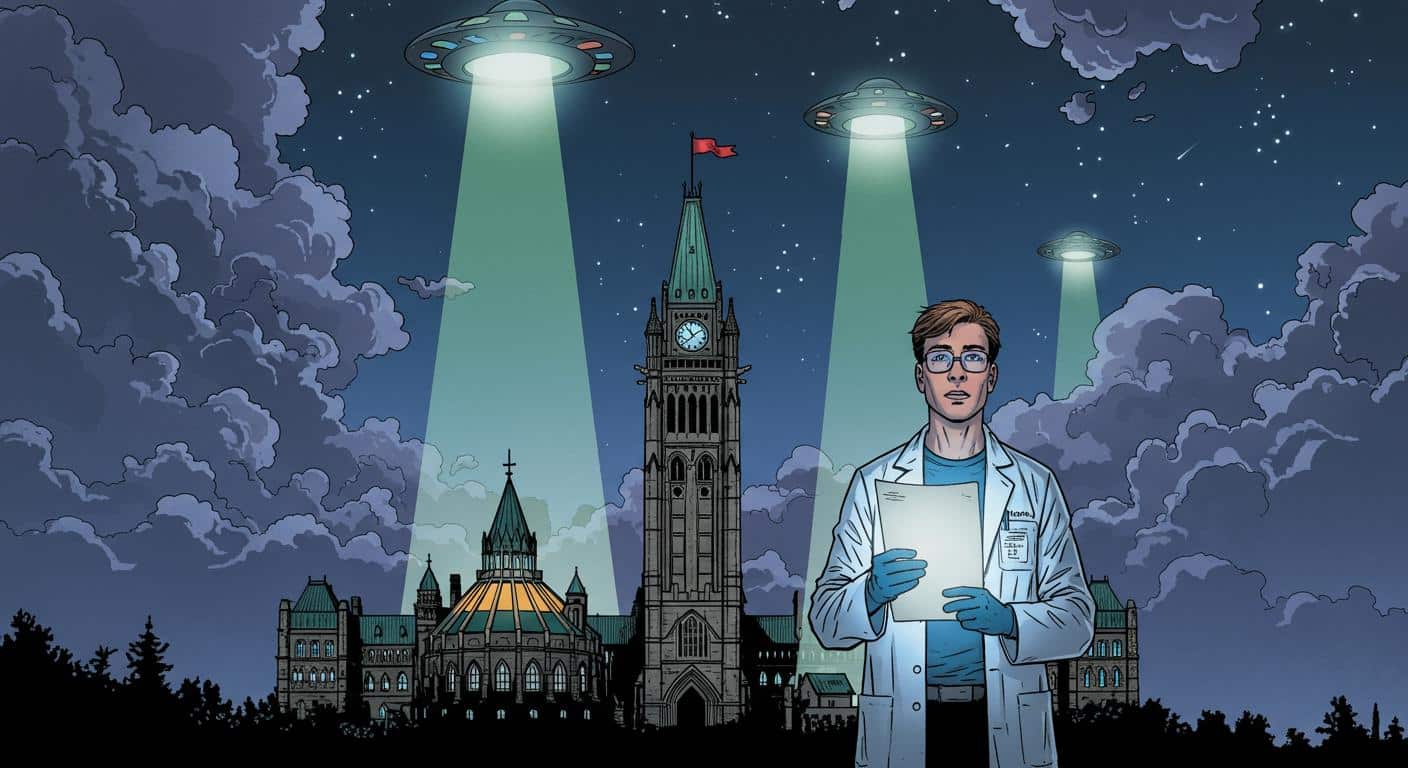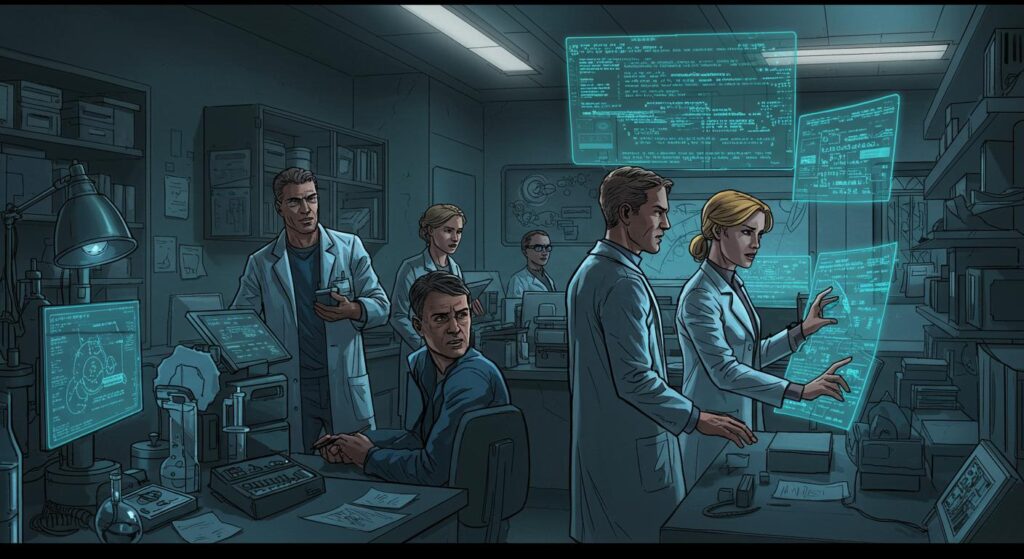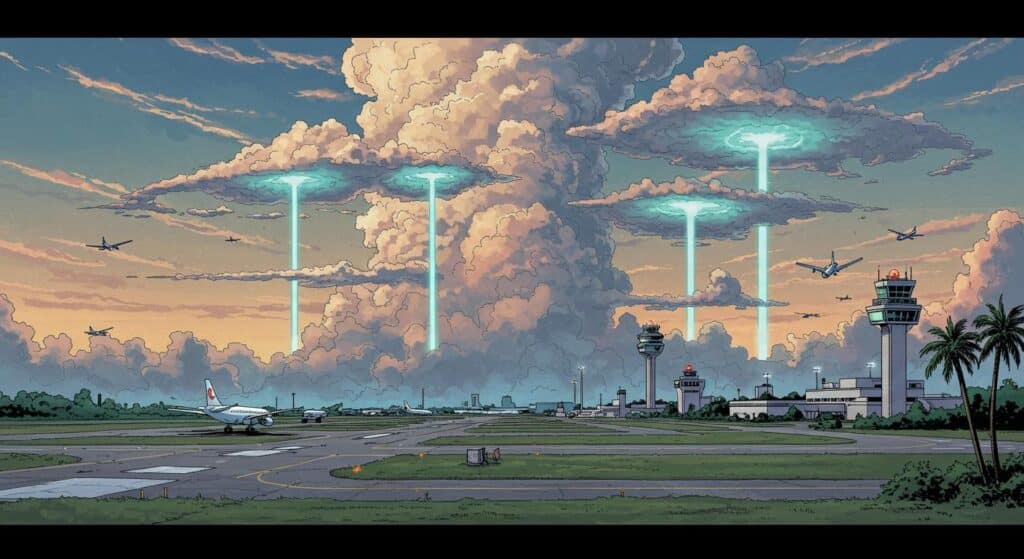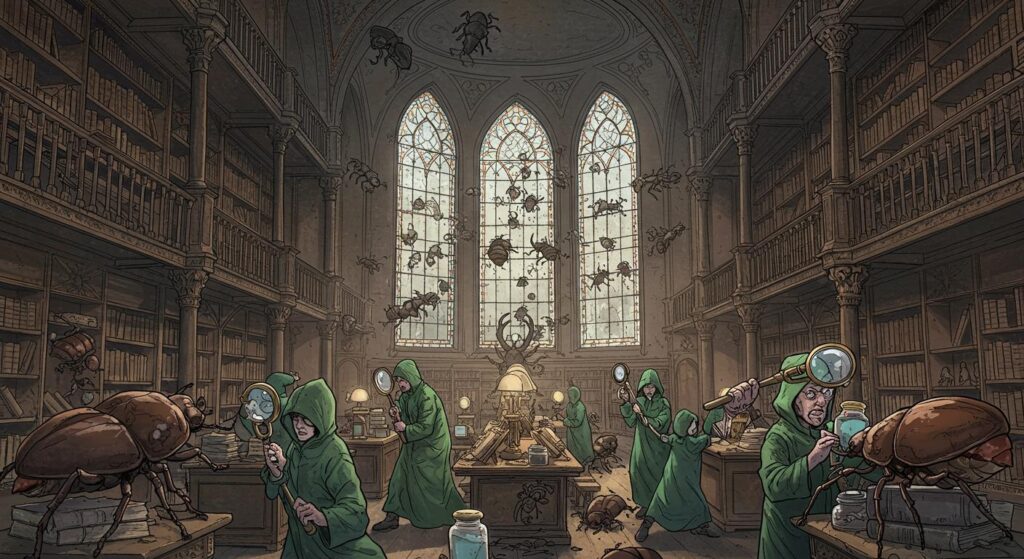People tend to assume Canada is mostly polite moose, maple syrup, and the occasional political intrigue involving surprisingly creative insults in Parliament. But today, Canada is making headlines for something rather more cosmic. As detailed in a CTV News report, the country’s top scientist has just released a new, government-backed UFO—sorry, UAP—report. For once, the story involves less tabloid hyperbole and more data collection. Maple leaf, meet Martian?
Let’s take a meandering stroll through the key details (and the subtle weirdness) of Canada’s big official step into the haze of unidentified aerial phenomena.
A Politely Systematic Approach to the Unknown
The freshly released report comes courtesy of Dr. Mona Nemer, Canada’s Chief Science Advisor, who, in an irony not lost on her, pointed out that anticipation for this UFO report outstripped every project her office has tackled to date. As summarized by CTV News, the “Management of Public Reporting of Unidentified Aerial Phenomena in Canada” is less about proving aliens are joyriding over Yellowknife and more about instilling order in the ever-chaotic swirl of UAP sightings.
The report recommends a new federal body should collect, analyze, and openly post UAP reports, arguing for a “dedicated service” and, in a particularly Canadian flourish, a bilingual reporting app for public submissions. CTV News also notes that pilots, cabin crews, and air traffic controllers are specifically highlighted as people who should be able to report their sightings “without fear of stigmatization.” Remarkably, the Canadian Space Agency (CSA) is floated as a potential lead for this operation, though, as the outlet documents, the CSA has demurred, saying that UAPs don’t fall within its mandate. Aviation officials, meanwhile, are holding off pending more detailed recommendations.
The report advocates for greater public access to data, the reduction of witness stigma, and tools to support transparent collection and analysis. CTV News details that additional recommendations include combating disinformation and encouraging standardized processes across government agencies.
The Long and Bureaucratic History of Canadian UFO Hunting
CTV News traces Canada’s flirtation with UAP research back to the early 1950s, with federal programs such as “Project Magnet” (from Transport Canada) and “Project Second Storey” (Department of National Defence). Both lost momentum fairly quickly—Project Magnet shuttered under unwanted attention, while Project Second Storey ultimately recommended ending military UAP investigations altogether. By 1967, the task passed to the National Research Council, which collected reports until 1995 before sending some 15,000 pages to Library and Archives Canada. For those keeping score, about 9,500 of those pages are now online, meaning intrepid browsers and bored archivists alike have plenty of reading material.
Described in the CTV News article, researcher Chris Rutkowski—who’s spent decades assembling case files—argues these reports “are deserving of scientific study… witnessed by reliable and responsible observers, and are thus a part of the human experience.” Rutkowski, quoted by the outlet, also observes that Canada currently has no government office actively analyzing UAP reports, despite past efforts.
Stigma, Skepticism, and an Open Data Future?
A particularly thoughtful part of the new report, as CTV News explains, is its concern that stigma thwarts scientific inquiry. “Reporting witnesses were often met with skepticism and ridicule,” the report notes, a dynamic that lingers whether the observer is a seasoned pilot or a backyard stargazer. The commentary in CTV News stresses that these negative perceptions not only discourage reports, but also impede research.
Officials cited in the outlet say UAP reports are routinely received by agencies ranging from Transport Canada to the RCMP and Department of National Defence, but active follow-up is “fairly rare” unless a report falls squarely within their existing mandates. The Sky Canada Project estimates as many as 1,000 UAP sightings may be filed in Canada each year—yet most drift into official oblivion unless there’s a clear national security or safety dimension.
Nemer, as quoted in CTV News, points out that while colleagues across federal agencies were “cooperative,” there was little substantive information to share. Earlier in the report, it’s mentioned that “type of response and the level of engagement varied from one organization to another,” with witnesses sometimes left to quietly stew in frustration.
The International UAP Arms Race?
CTV News puts the Canadian initiative in global context, noting that several countries—among them the U.S., France, Chile, and China—have their own official UAP research offices. The U.S. boasts the All-domain Anomaly Resolution Office (AARO), which, according to the outlet, reported that in 2024, 21 out of 757 cases merited further analysis. France’s GEIPAN program, operating under its national space agency, has catalogued over 3,200 cases. Not to be left out, Chile’s Air Force and China’s military also maintain active UAP research teams.
The article emphasizes, however, that Canada’s effort is intentionally distinct: the Sky Canada Project focused solely on reporting mechanisms, not on chasing explanations for individual sightings—let alone searching for alien visitors.
No Evidence of Aliens, but…
CTV News makes it clear that the Sky Canada Project was never meant to settle the extraterrestrial question, and as one might expect, no smoking gun was produced. The report cautiously concludes most cases can ultimately be explained by mundane causes—everything from drones and balloons to meteors and paper lanterns. Still, in a statement featured in the outlet, the report leaves the door ajar: “Some remain unsolved, suggesting the need for further analysis using advanced analytical tools.”
Paul Delaney, emeritus professor of physics and astronomy at York University, told CTV News he doubts UAPs represent alien technology, but points out that “one to two per cent remain truly unidentified,” and those stubborn anomalies are “worthy of further investigation.” This sentiment is echoed in the report itself: “UFOs are by their very definition unidentified but this does not imply that they are of extraterrestrial origin… Nonetheless, some UAP sightings—for which data exist—remain unexplained even after investigation.”
Are We Any Closer to Answers—Or Just Another Layer of Paperwork?
So, where does this leave us? CTV News summarizes that concrete action from the government is uncertain: the Canadian Space Agency maintains UAPs aren’t part of its operational focus, while Transport Canada is still reviewing the report’s findings. For now, Dr. Nemer’s office is, in her words, “ready to help if the government request further advice”—but has “other priorities” in the immediate term.
Whether you think UAPs are weather, tech mishaps, secret military projects, or something altogether stranger, there’s a quiet progress in how the Canadian officialdom is approaching things: less laughter, more logging; less dismissiveness, more data. The very fact that Canada’s scientific establishment is advocating rigorous, open reporting instead of rolling its collective eyes could mark a shift in public discourse.
And if nothing else, as the article’s parade of recommendations and caveats shows, Canada’s method of handling unexplained phenomena seems—like so much Canadian policy—thoughtfully bureaucratic, bilingual, and mildly reluctant to make a fuss unless absolutely necessary. Is this the dawning of a new data-driven era for the weird, or just another layer of paperwork balanced delicately atop the unknown? You have to wonder if someone in Ottawa is quietly adding up the odds.







